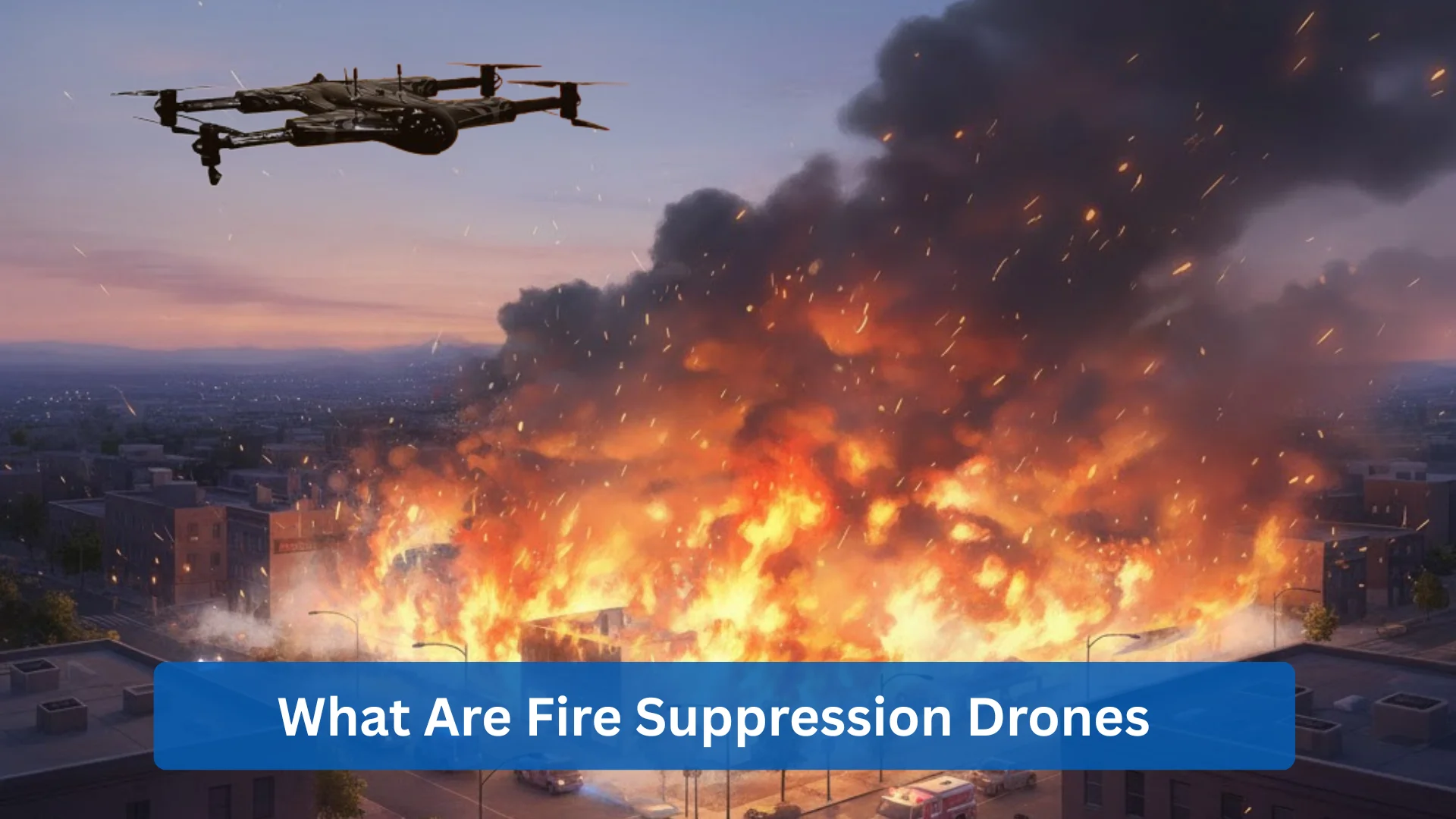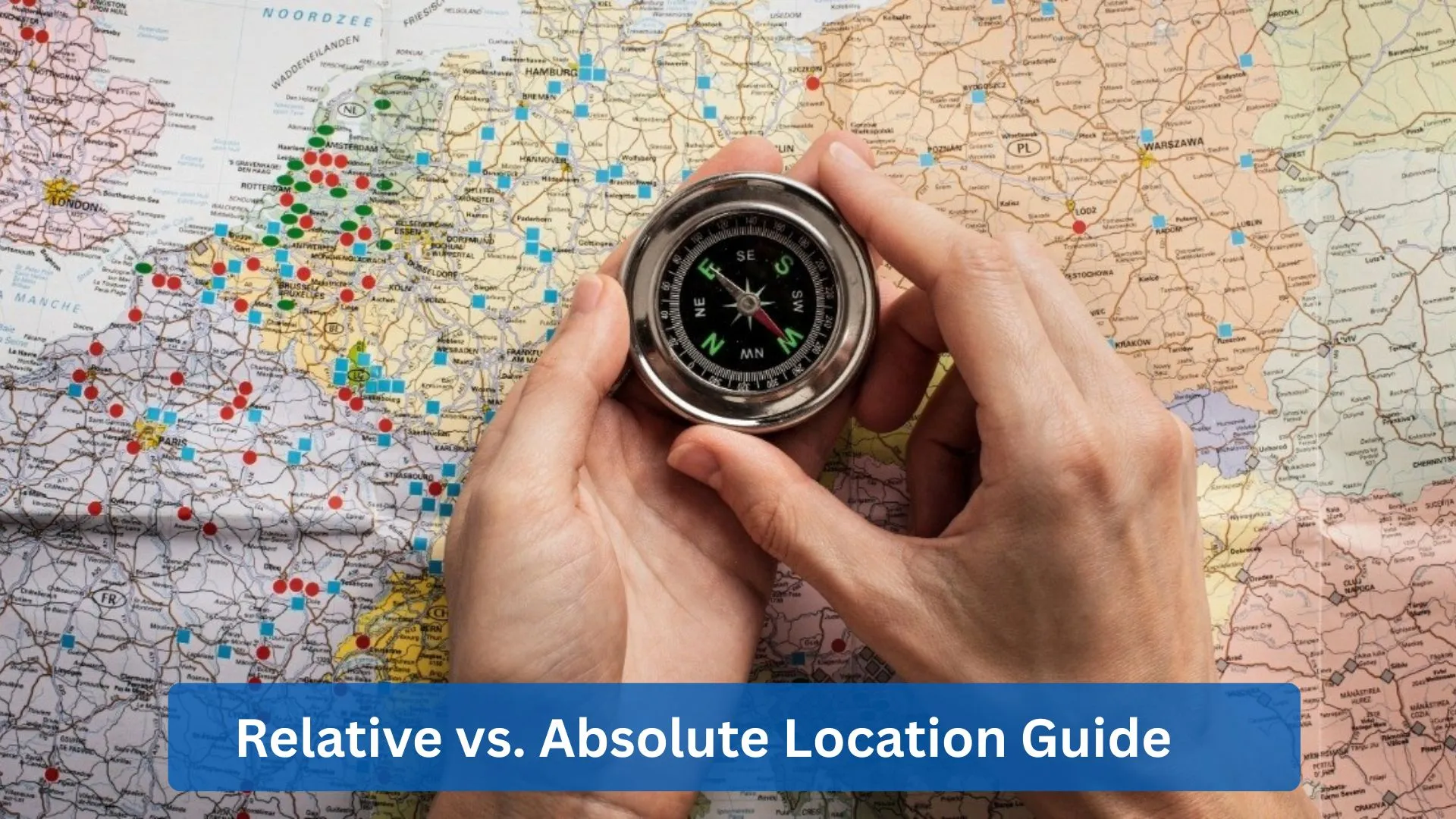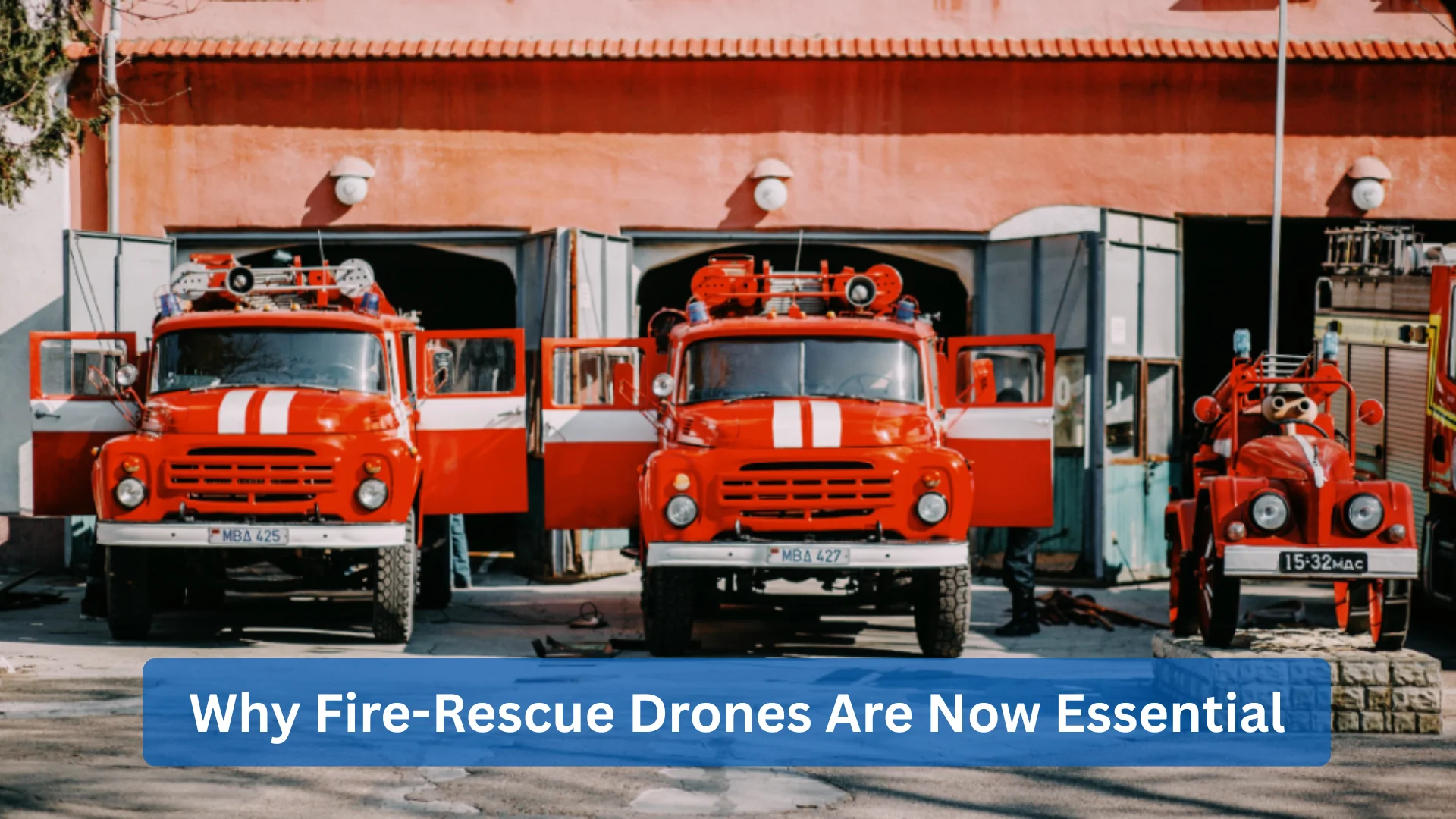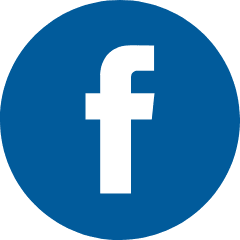Drone Detection Systems for Security and Protection
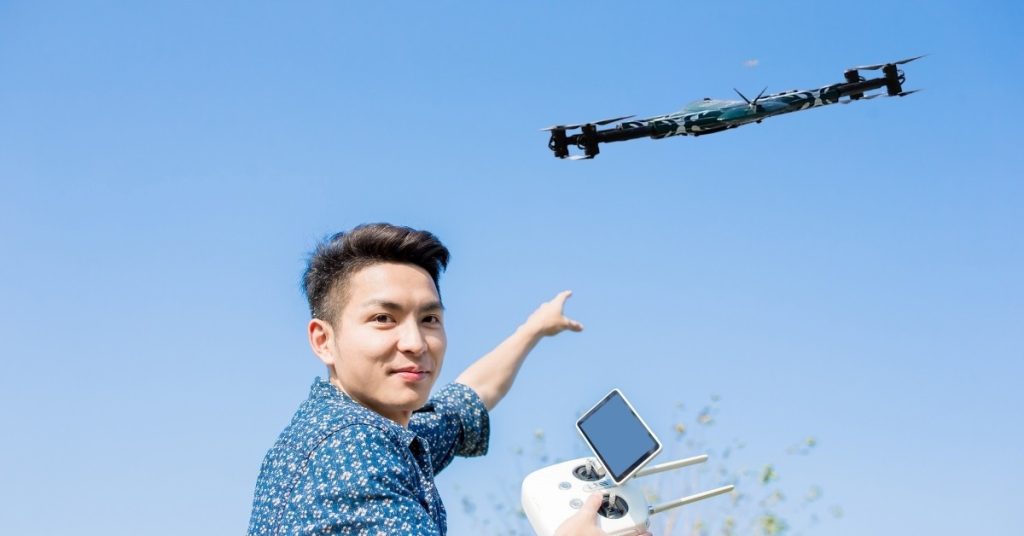
Drones have become more powerful tools with numerus Applications. They can deliver packages, take stunning aerial imagery, and help with security operations. However, advanced drone technology also brings risk factors. Criminals may use drones for illegal activities such as surveillance, smuggling, or breaking restricted areas. These threats pose serious security concerns for sensitive’s areas include industrial facilities, private enterprise, airports, correctional institutions, and large public places like stadiums or concerts hall.
Drone Detection system is necessary to manage these risks. By identifying, locating, and responding to unauthorized drones. These Systems support organizations in safeguarding people, property, and critical structures
What is Drone Detection?
Advanced Drone detection system is the process of identifying and tracking UAV in restricted areas such airspace. Detection system can judge the type of drone, its source whether is poses a potential threat. This capability is critical, as unauthorized drone can break privacy, destroy public gathering, cause accidents or even target critical areas such as power grids and data centers. In defense environment, response drone detection systems are essential for national security and military protection. Drones are small, quiet and frequently operate inside normal visibility. It is very difficult to detect with naked eye, or standard cameras. This is why advanced, multi-layered detection technologies are vital for effective monitoring and security
Types of Drone Detection Systems
A drone detection system relies on multiple technologies to provide comprehensive security. Since no single method can catch every drone, a layered approach is the most effective way to identify and track unauthorized aircraft.
Radio Frequency (RF) Detectors
- Most commercial drones communicate with their operators using RF signals.
- RF sensors scan frequency ranges (typically 70 MHz to 6 GHz) for these transmissions.
- They can detect the drone pilot link, identify the drone’s location, path, and manufacturer, and even whitelist authorized drones.
Acoustic Sensors
- Function like highly sensitive “ears” that recognize drones by their propeller sounds.
- Directional acoustic arrays with machine learning can track drone type fixed-wing or rotary.
- Helpful for covering gaps when RF or radar detection is blocked.
Radar Systems
- Radar sensors spot small airborne objects by sending out radio waves and analyzing reflections.
- Advanced method differentiate drones from birds or debris.
- Specifically effective for autonomous drones or swarms that bypass RF detection.
Optical & Thermal Cameras
- PTZ (pan-tilt-zoom) cameras provide visible confirmation once other sensors detect a drone.
- AI powered tracking helps zoom in on the target and capture witness, including payloads.
- While visual tracking can be challenging, it’s crucial for real-time monitoring and Evidence
Drone Radar and Scanners
Let’s look more closely at two important parts of drone detection: drone radar and drone scanner technologies.
How Radar Detects Low Flying Drones?
- Drone radar systems are highly specialized to detect small, low-flying objects that are often missed by current radar.
- They use high-resolution technology to detect weak reflections from small drones.
- Radar is excellent at finding physical objects, but it works best when there is a clear “line of sight.” This means buildings, trees, or the ground can block its view of low-flying drones.
- Its ability to detect objects regardless of their communication signals makes it a vital component of any drone defense system.
Using Multi-Sensor Drone Scanners
- A drone scanner is often a multi-sensor system that looks for threats in the airspace.
- These integrated solutions leverage the best parts of different technologies, especially RF sensors.
This combined approach significantly enhances the accuracy and reliability of drone detection systems, ensuring a strong surveillance perimeter.
GPS and Frequency Signal Detection
Drones depend on signals to get around and talk to each other. To know how drone detection works, you must understand how these signals are used and how to find them.
How GPS-based drones are tracked
- Many autonomous or pre-programmed drones rely on GPS signals for navigation
- Manually controlled drones, they do not always emit continuous RF control signals.
Their dependence on GPS can still provide opportunities for detection.
Advanced tracking systems may:
- Detect weak emissions from GPS receivers.
- Use alternative techniques to estimate the drone’s position.
Passive GPS-only detection is challenging and usually requires specialized spectrum monitoring equipment.
Signal Jamming and Disruption
- Some counter-anti-drone systems actively disrupt drone operations.
- Signal jamming is generally illegal for private use in many regions.
- Authorized agencies may jam a drone’s control or GPS signal, causing it to lose connection with its pilot, return home, or land.
- This neutralization method is distinct from drone detection, which focuses on identifying and locating.
- Understanding frequency is important in drone detection and tracking, and even stopping them.
Infrared and Visual Tracking Systems
When other detection methods send out an alert, infrared and visual systems spring into action to confirm and observe in detail, which is very helpful for drone detection and tracking.
Thermal Detection in low-visibility areas
- Infrared (IR) cameras, also called thermal cameras, are great for finding drones in situations where regular cameras have trouble.
- It doesn’t use visible light but detect heat signatures.
- Even small drones get hot from their motors and electronics. Thermal cameras are great for 24/7 surveillance because they can easily find drones at night, in fog, or through smoke.
Integration with surveillance systems
- These thermal and optical cameras cannot be used alone. They work perfectly with the rest of the drone detection system software.
- When a drone detector, like an RF sensor or radar, finds a possible target, it tells the PTZ camera to focus on the drone’s location.
- This is important for gathering evidence and responding quickly.
- A combination of technologies makes for a strong and flexible way to detect drones.
Real Time Drone Tracking and Response
The main goal of drone detection is to know that a drone is there and to let people respond quickly and effectively. Thus, it depends on accurate, real-time drone tracking and effective alerting methods.
Mapping Intruder Drone Routes
- When a drone is found, the system’s software drone radar, shows a map of where it is moving in real time.
- This lets security staff see the intruder drone’s flight path, location, and speed.
- Security teams can predict the drone’s likely target or intent by tracking its movements.
- This ability to map is a key part of keeping airspace safe because it allows the strategic deployment of resources.
Alert Systems and Law Implement Notifications
- One of the most important things that drone detection does is sending out alerts immediately.
- This includes alarms that can be heard at a security control center, or SMS or email alerts sent to specific people.
- Advanced detection systems can be set up to automatically send necessary information to law enforcement or aviation authorities for quick response.
Best Practices for Setting Up Drone Detection
There is no one-size-fits-all way to set up a good drone detection system. It takes a lot of thought and planning to make sure it works in the right place.
Ideal Sensor Placement
- Proper sensor placement is crucial for effective drone detection.
- When using RF sensors, you need to consider how to reduce interference from nearby radio signals and ensure wide coverage.
- Radar needs to be able to see the sky clearly.
- Acoustic sensors need optimal positioning for sound capture to minimize ambient noise.
- Experts must conduct site surveys considering facility layout, terrain, and environmental interference to recommend ideal drone detector numbers and locations
Environment-Specific Recommendation (Urban, Rural, Airports)
Urban Environments:
- Due to urban canyons from tall buildings, a mix of RF sensors for obstruction penetration and strategically placed drone radar for line-of-sight coverage is best. Acoustic sensors can also be valuable in quieter zones.
Rural Areas:
- Long-range drone radar systems are effective because there are fewer things in the way. RF sensors cover a large area, and acoustic detection is also effective because there is less background noise.
Airports:
- Airports need the strongest and most complex drone detection systems because drones are a serious safety threat. Usually, this means a whole network of long-range radar, several RF sensors to find the drone and pilot, and high-resolution optical and thermal cameras for visual confirmation, all connected to a central command software.
Compliance with local drone laws
- It’s vital to understand and follow local drone.
- Passive drone detection (listening/observing) is generally permissible.
- However, active countermeasures like signal jamming or physical interference are illegal for private entities, usually reserved for authorized government agencies.
- Always consult legal counsel and local authorities before deploying any system beyond simple detection.
Challenges in Drone Detection
Drone detection is an important part of today’s security systems. Organizations can set up strong aerial defense perimeters using a multi-layered approach that combines the best features of RF drone scanner technology, drone radar, acoustic sensors, and advanced infrared and visual tracking systems. The ability to accurately detect drones and effectively differentiate between authorized and unauthorized flights provides critical early warning and situational awareness.
The future of drone detection must include even better sensor fusion, smarter AI that can classify things faster and more accurately, and seamless integration with larger security and response systems. Buying advanced drone trackers isn’t just about responding to current threats; it’s also about ensuring our airspace is safe and that important assets can keep working in an aerial environment that is getting more complicated.
To learn more about drone detection and drones, visit our guides at Zena Drone, where you can also talk with our experts
Frequently Asked Questions (FAQ’s)
What is the best way to find drones?
A multi layered drone system helped to find the drone. Acoustic detectors, Radar, RF sensors, and cameras work together to patch and track drones. This Combined approach make sure to accurate detection in various environments
Is it possible to see drones flying over my house?
Yes, it’s possible to see drones flying over your house, but it cannot be easy. Many drones are small, quiet, and fly higher than people usually notice. A drone detection system is the most reliable way to confirm their presence.
How far can a drone detection system see UAVs?
A drone detection system can typically detect UAVs from 1 km up to 10+ km, depending on the technology used. Radar offers the longest range, while RF, acoustic, and optical sensors cover shorter distances. Combining these methods provides the most reliable coverage.
What is the range of a typical drone radar system?
Typical Radar System can Track or detect UAVs range between 1 km to 7 Km, its depends on radar power and environment. Advanced military grade radars may increase detection along 8 Km to 12 Km. Actual different range with drone size, height, and weather conditions.
Is it legal to use drone detection systems for private use?
Using drone detection systems for private security is usually legal, as they are the only ones to identify and track drones. However, using jamming technologies may violate aviation and communication laws. Always check the rules and regulations in your area before deployment
Contact Us
Thank you for your message. It has been sent.
Latest Posts
Relative vs Absolute Location Guide
Difference Between GNSS and GPS
Social Profiles






